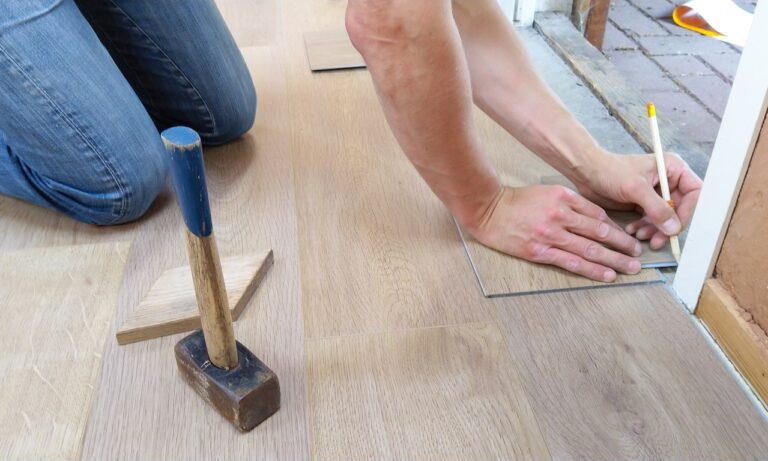
Home restoration is not merely about repairing the wear and tear of a structure; it’s a labor of love that brings history back to life. When we embark on a home restoration journey, we don’t just refurbish a building; we honor its legacy, preserving its unique character for generations to come. In this blog, we delve into the art of home restoration, exploring the significance of this craft and providing essential tips for preserving historic features during the restoration process.
The Importance of Home Restoration
Home restoration holds a vital place in preserving our architectural heritage. Every building has a story to tell, and many older homes possess a charm that modern constructions often lack. However, as time takes its toll, historic properties require careful attention to retain their original beauty and character.
Preserving Architectural Heritage
Older homes often feature architectural elements that are no longer in production. From intricate moldings to hand-carved woodwork, these details are a testament to the craftsmanship of bygone eras. Home restoration ensures that these unique features are protected and appreciated.Maintaining Property Value
Restoring a historic home can significantly boost its market value. Potential buyers often appreciate the craftsmanship, character, and attention to detail that come with restored properties. It can be a sound investment, providing a return beyond financial gains by preserving the local heritage.- Sustainability and Environmental Benefits
Home restoration promotes sustainability by reducing waste and the need for new materials. It’s a green choice, as it saves historic buildings from being demolished and replaced. Moreover, restored homes tend to be more energy-efficient when modern insulation and eco-friendly materials are incorporated. - Cultural and Educational Significance
Restored homes serve as educational resources, helping future generations understand architectural styles, building techniques, and historical contexts. They contribute to a richer cultural landscape, connecting us to our past.

Tips for Preserving Historic Features During Restoration
Preserving historic features during home restoration is a delicate and intricate process. Here are some essential tips to ensure that the restoration truly honors the building’s history:
Research and Documentation
Begin your restoration journey with thorough research. Gather historical documents, photographs, and any available information about the property’s original design and features. This knowledge will serve as a valuable reference during the restoration process.Consult with Experts
Collaborate with architects, historians, and restoration specialists who understand the intricacies of historic homes. Their expertise is invaluable in making informed decisions that respect the building’s heritage.- Retain Original Materials
Whenever possible, retain and restore the original materials. If you encounter damaged elements, consider repair rather than replacement. For instance, broken chip repair in ceramics or tiles can maintain the authenticity of the building. - Match Historic Materials
When replacement is necessary, ensure that new materials closely match the original materials in terms of quality, texture, and appearance. For instance, when you need ceramic tile replacement, select options that mimic the style and era of the home. - Preserve Architectural Details
Protect and restore architectural details such as moldings, cornices, and balustrades. These features are often the soul of historic properties and contribute to their unique charm. - Be Mindful of Color Schemes
Choose paint colors and finishes that complement the historical period of the building. Consult color historians or use paint analysis to discover the original color schemes. - Regular Maintenance
Once the restoration is complete, establish a regular maintenance plan to ensure the historic features continue to shine. Preventive measures can help extend the life of your restoration work.
Home restoration is not just about fixing what’s broken; it’s a commitment to preserving history and maintaining the cultural fabric of our communities. By following these tips and seeking expert guidance, you can ensure that your home restoration project is a true work of art that brings history back to life.
Check out our Alex Home Restoration LLC blog today to embark on your home restoration journey. Our team of experts is dedicated to preserving the history and beauty of Orlando’s homes. Contact us today for a consultation, and let’s bring your historic home back to life.